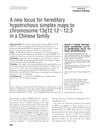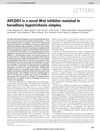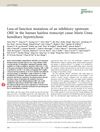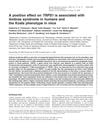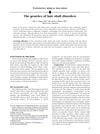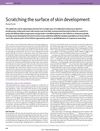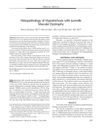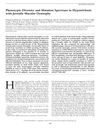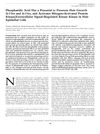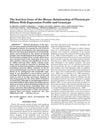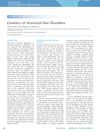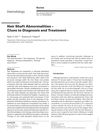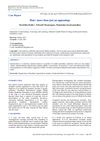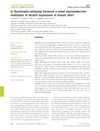Unveiling the Roots of Monogenic Genodermatoses: Genotrichoses as a Paradigm
December 2011
in “
Journal of Investigative Dermatology
”
genotrichoses Mendelian disorders skin abnormalities protein-coding genes genotyping arrays next-generation sequencing pathogenic mutations hypertrichosis hypotrichosis alopecia atrichia hairless gene HR gene atrichia with papular lesions APL epigenetic regulation hair cycle syndromic forms of hypotrichosis hair shaft disorders monilethrix genetic hair diseases genetic skin diseases genetic mutations hair loss hair growth disorders hair cycle regulation
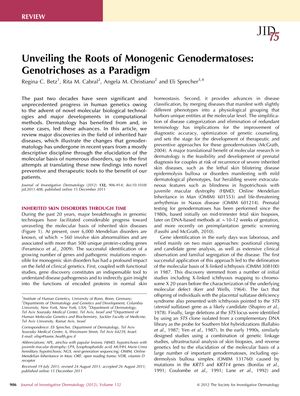
TLDR New gene identification techniques have improved the understanding and classification of inherited hair disorders.
The document reviewed the progress in understanding inherited hair diseases, known as genotrichoses, and their molecular basis. It noted that over 6,000 Mendelian disorders have been identified, with about 560 involving skin abnormalities linked to over 500 unique protein-coding genes. These discoveries have enhanced disease classification, diagnostic accuracy, and genetic counseling, and have led to prenatal diagnosis for severe skin diseases. The review discussed the evolution of gene identification techniques, including modern genome-wide techniques like genotyping arrays and next-generation sequencing (NGS), which have identified new pathogenic mutations in skin diseases. It emphasized the importance of phenotypic characterization in identifying causative genes and the classification and molecular basis of inherited hair disorders, which can manifest as hypertrichosis or hypotrichosis/alopecia/atrichia. The document highlighted the role of the hairless (HR) gene in atrichia with papular lesions (APL) and its potential function in the epigenetic regulation of the hair cycle. It also detailed the discovery of mutations in various genes associated with syndromic forms of hypotrichosis and hair shaft disorders like monilethrix. The document concluded by stressing the need for reclassification of inherited hair disorders that integrates clinical and molecular data and suggested that future research may benefit from next-generation sequencing technologies.

